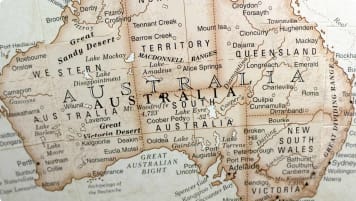Hobart, Tasmania
Join some of many classes offered in the summer schools each January for a fortnight in this city or take a small group tour for senior and mature travelers of Tasmania wildlife & history.
8 May 20 · 5 mins read

Hobart, Tasmania
With its fascinating history, stunning location, and ‘old world’ architecture, Hobart, the capital city of Tasmania, is a highlight of any trip across the Bass Strait.
The first inhabitants of the Hobart area were the Mouheneenner and Muwinina bands of the Southeast Aboriginal tribe, who called the area Nibberloonne. For the Mouheneenner and Muwinina, Mt Wellington, overlooking Hobart, was a place of refuge and reward, known as kunanyi. The name kunanyi has recently been restored to the mountain, in recognition of this history.
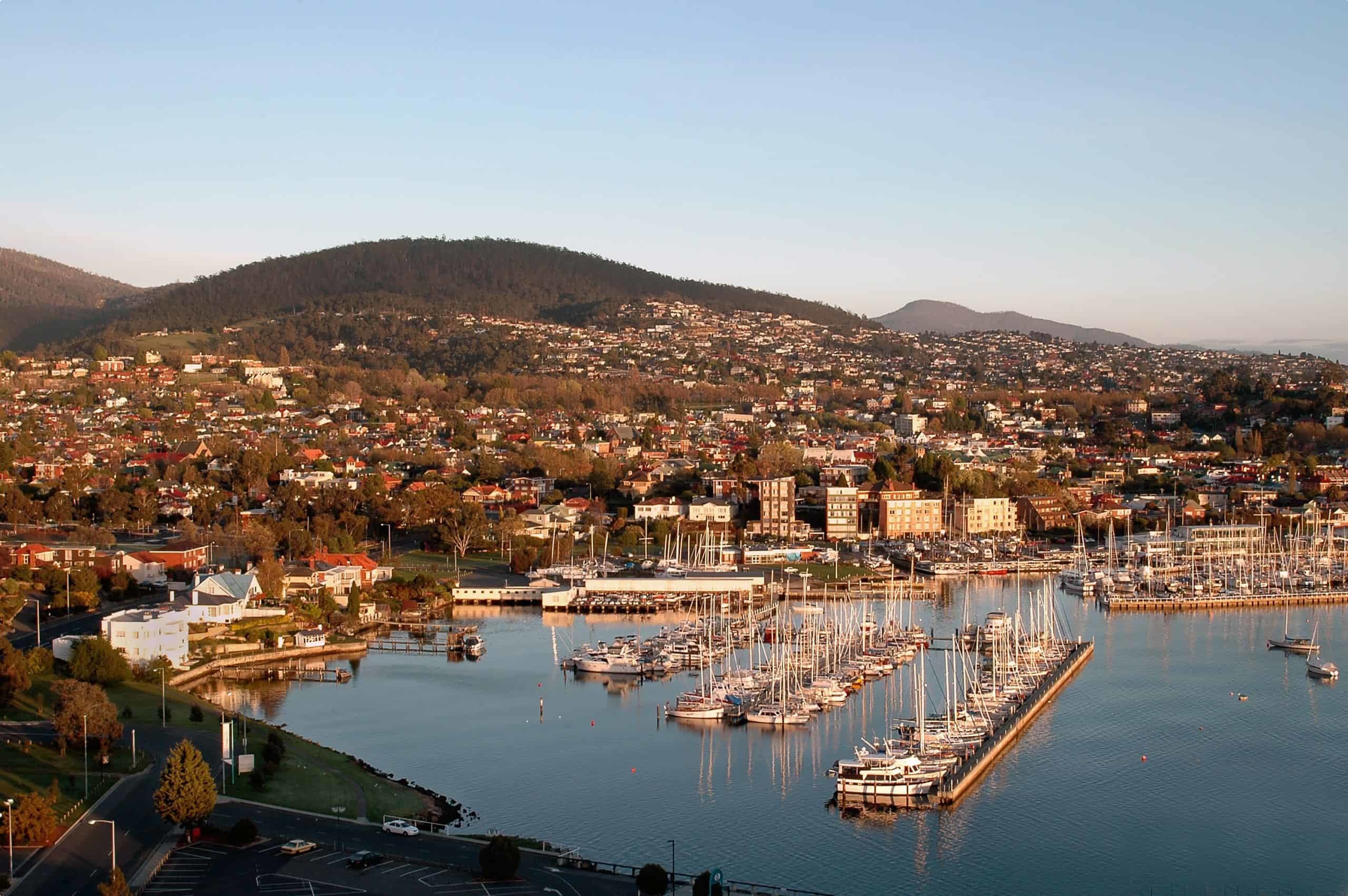
European settlement in Tasmania began with the establishment of a settlement at Risdon Cove on the Derwent River’s eastern shore in 1803. Only a year later, the settlement relocated to the current location of Hobart, which was blessed with rich reserves of water thanks to the cascades running from kunanyi.
In the early 19th century, Hobart became a major destination for convicts from Great Britain, thanks to its extreme isolation. Women convicts were put to work at the Female Factory in South Hobart, while men were sent to Port Arthur, to the south-east of the city. Hobart itself grew into a major port, a launching point for the sealing and whaling trades of the South Pacific. The city’s shipyards built many of the whalers; while whale oil was a major export, used to light the gas lamps of London. Hobart also played a major role in the wool trade, as the Tasmanian hinterland was used for sheep stations. The town developed a reputation for a rough population, with the slum neighbourhood of ‘Wapping’, just north of the docks, notorious for gambling, prostitution, heavy drinking, and cock and dog fighting. Wealthier residents moved out of the city to the new neighbourhoods of Battery Point and Sandy Bay.
The end of transportation to Van Diemen’s Land came in 1853. The 1850s saw the new city face its first economic downturn, as the success of the Victorian goldmines lured workers away, leading to a labour shortage in Hobart.
The 20th century saw Hobart grow at a slower rate than mainland Australian cities. A newly respectable population cleaned up the slums of Wapping, and were eager to hide their convict origins. Hobart’s wealth of Georgian buildings – now such a draw for tourists – was a mark of shame for residents in the early 20th century, a reminder of their convict past.
Today, Hobart has become a major magnet for domestic and international tourists. Among Australian cities, only Sydney is its rival for a picturesque setting, between the foothills of kunanyi/Mt Wellington and the broad River Derwent. Head to the peak of kunanyi for stunning views of the city and Derwent River.

Central Hobart is home to a wealth of historic buildings. Salamanca Place, a line of warehouses dating back to the 1840s and an exemplary instance of Australian colonial architecture, was built to house goods for the whaling trade. The warehouses fell into ruin by the mid-20th century, but restoration began in the 1970s. Today, Salamanca Place is home to restaurants, cafes, art spaces, gift shops, and the Saturday Salamanca Market. For more colonial architecture, head to the inner-city suburb of Battery Point, a maritime-feeling village of lanes and 19th century houses, ranging from simple worker’s cottages to elaborate Victorian mansions.
A number of museums delve into Hobart’s – and Van Diemen Land’s – convict history. The World Heritage Listed Cascades Female Factory tells the story of the more than 12, 500 women who were transported to Tasmania. The spare prison yards of the factory were home to over 1, 200 convicts, more than Port Arthur. The Tasmanian Museum & Art Gallery is home to Aboriginal remnants, convict and colonial relics, and art dating from the colonial and modern periods.
The striking Cascade Brewery, with its soaring gothic facade, was built in 1832 using convict labour, and is still pumping out beer today. Head in for a brewery tour and a tasting.
Key to the recent revitalisation has been the Museum of Old and New Art, or MONA, the eccentric vision of local millionaire philanthropist David Walsh. The largest privately-owned museum in the Southern Hemisphere, MONA has been described by Walsh as a ‘subversive adult Disneyland’, noted for its provocative modern art.
The moving convict site of Port Arthur, on the Tasman Peninsula, is an easy day tour away from Hobart. A ‘natural penitentiary’, connected by the mainland by a small slither of land, Port Arthur became Australia’s most notorious convict site, the destination of secondary offenders or those who committed crimes after their arrival in Australia. The prison marked a shift from the physical punishment that had been used at previous convict sites, towards a psychological form of punishment typified by Jeremy Bentham’s ‘Separate Prison System’ or panopticon. Under this system, food was used as a punishment – prisoners were given better food for good behaviour, and the bare necessities of bread and water if they behaved poorly; while other prisoners were forced to wear hoods and remain silent, in order to ruminate on – and repent – their crimes. Though Port Arthur was held up as a modern form of punishment, the reality was that the psychological methods destroyed the mental health of prisoners much more thoroughly than the older forms of punishment, giving the prison a particularly notoriety for brutality.
The legacy of this brutality is still palpable today, compounded by the tragic memory of the Port Arthur massacre, which killed 35 and wounded 23 visitors to the site in 1996. The worst post-colonial massacre in Australian history, the event led to national restrictions on firearms and is movingly commemorated on-site.
Odyssey Traveller visits Hobart as part of our tour of Tasmania – or as the locals call it, ‘Tassie‘. Dedicated to the wildlife and history of Tasmania, our guided tour adventure begins with a wilderness cruise and a visit to Coles Bay and the national park on Maria Island. We then head up the east coast of Tasmania to explore the dramatic coastlines of the Freycinet Peninsula, including Wineglass Bay.
After a stop in Launceston, our Tasmania tour itinerary takes you to the pristine wilderness of Cradle Mountain National Park on the west coast of the island. Cradle Mountain National Park is home to glacial lakes – including beautiful Dove Lake – and endemic flora and fauna, including the Tasmanian devil. Cradle Mountain is also one of the best places in the world to watch the Aurora Australis, if you’re lucky enough to catch it.
After Cradle Mountain, we explore the rugged coastline of the west coast, passing through the Tarkine Rainforest and the Franklin-Gordon River National Park wilderness. Our tour then heads inland to Lake St Clair, the deepest lake in Australia, before the trip moves back to Hobart for a couple of nights accommodation. On the last day of the tour, we make a day trip to Bruny Island, where we enjoy a guided walk exploring the flora and fauna of the island.
If you’re interested in visiting Tasmania, think about joining our Tasmania tour. Every Odyssey tour is designed especially for mature and senior travellers, who want an authentic and informed experience of their holiday destination, with an emphasis on history, culture, and the natural world. Our tours are led by an experienced tour operator, with the assistance of experienced local guides. Our tour price includes accommodation, some meals (breakfast, lunch, and dinner), and admission to attractions. There’s never been a better time to explore Australia: consider making Tasmania your next holiday destination.
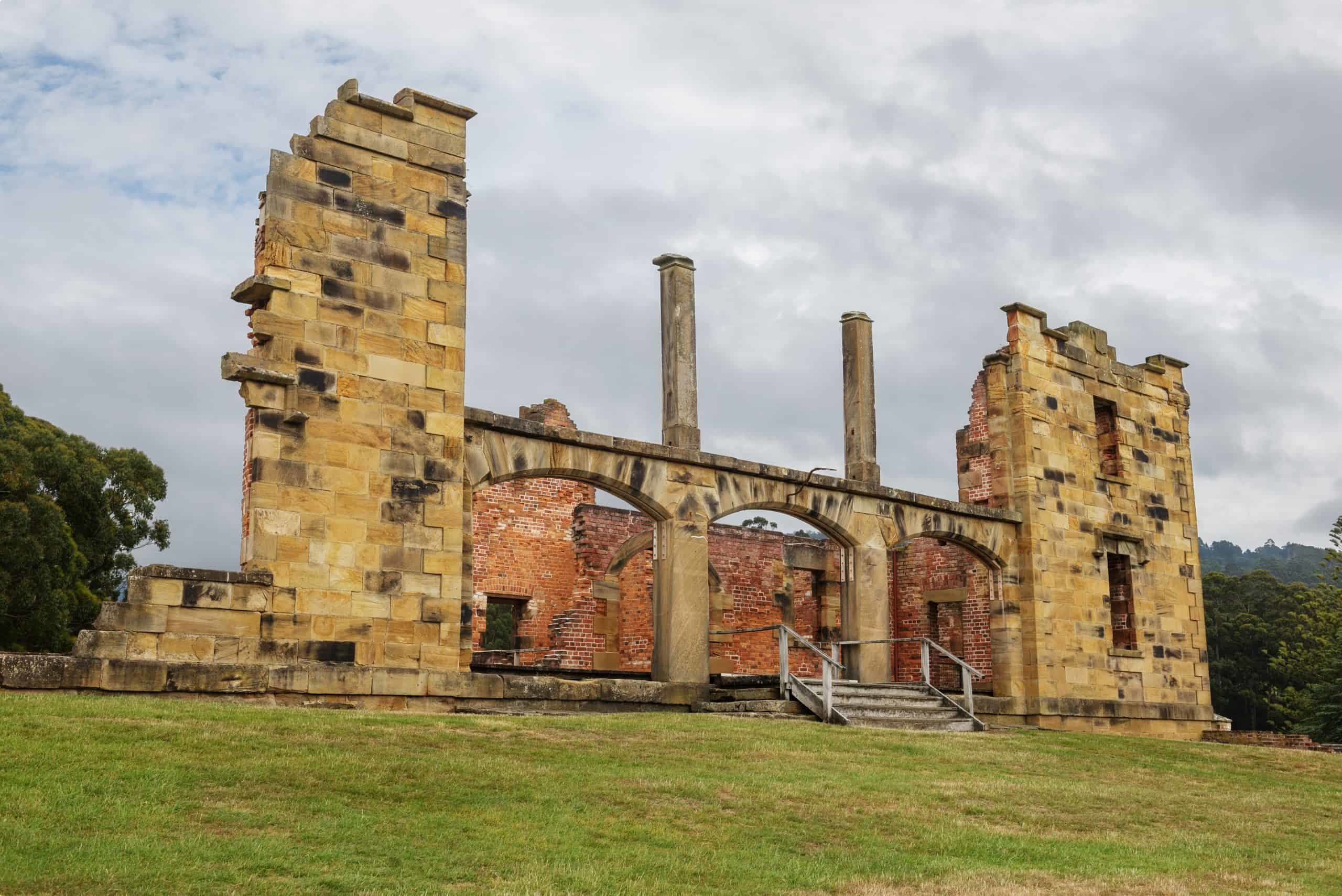
Articles about Australia published by Odyssey Traveller:
For all the articles Odyssey Traveller has published for mature aged and senior travellers, click through on this link.
External articles to assist you on your visit to Adelaide and Tasmania:
Related Tours
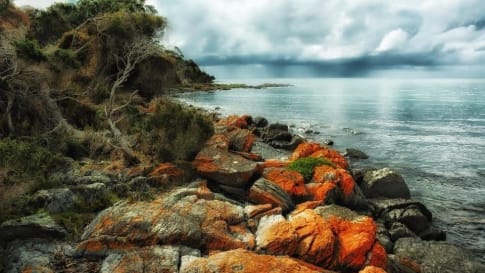
19 days
Mar, Nov, FebDiscovering Tasmania’s Wildlife
Visiting Tasmania
Small group tour of up to 15 mature and seniors travellers visiting and learning about Tasmania's wildlife and history. Visit Maria Island, Freycinet peninsula, Cradle Mountain, Strahan, Lake St Clair and Bruny Island over 16 days.
From A$11,450 AUD
View Tour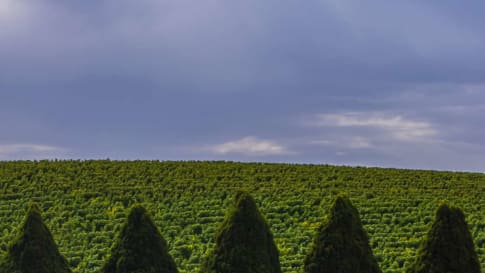
days
May, Aug, Sep, Oct, Nov +3Small group holidays to Adelaide and surrounds
Visiting South Australia
Explore and learn about on a small group tour of Adelaide city and its pastoral, cultural and historic settlement. Visit Fleurieu Peninsula, the Barossa valley, learn about William Morris and the arts and craft movement in the Art gallery and National trust houses.
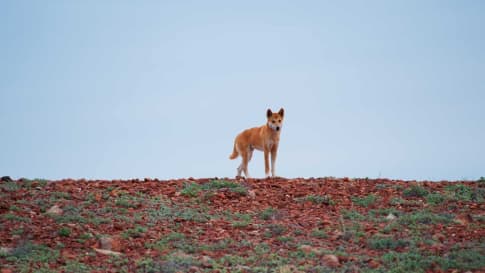
days
Apr, May, Jul, Aug, Oct +2Small group tour of Australia's Flinders ranges
Visiting South Australia
Escorted small group tour of the Flinders range in South Australia from Adelaide. Learn about Coober Pedy, Wilpena pound and water system of Lake Eyre as we explore and learn also about the history of the people who explored the Flinders.

